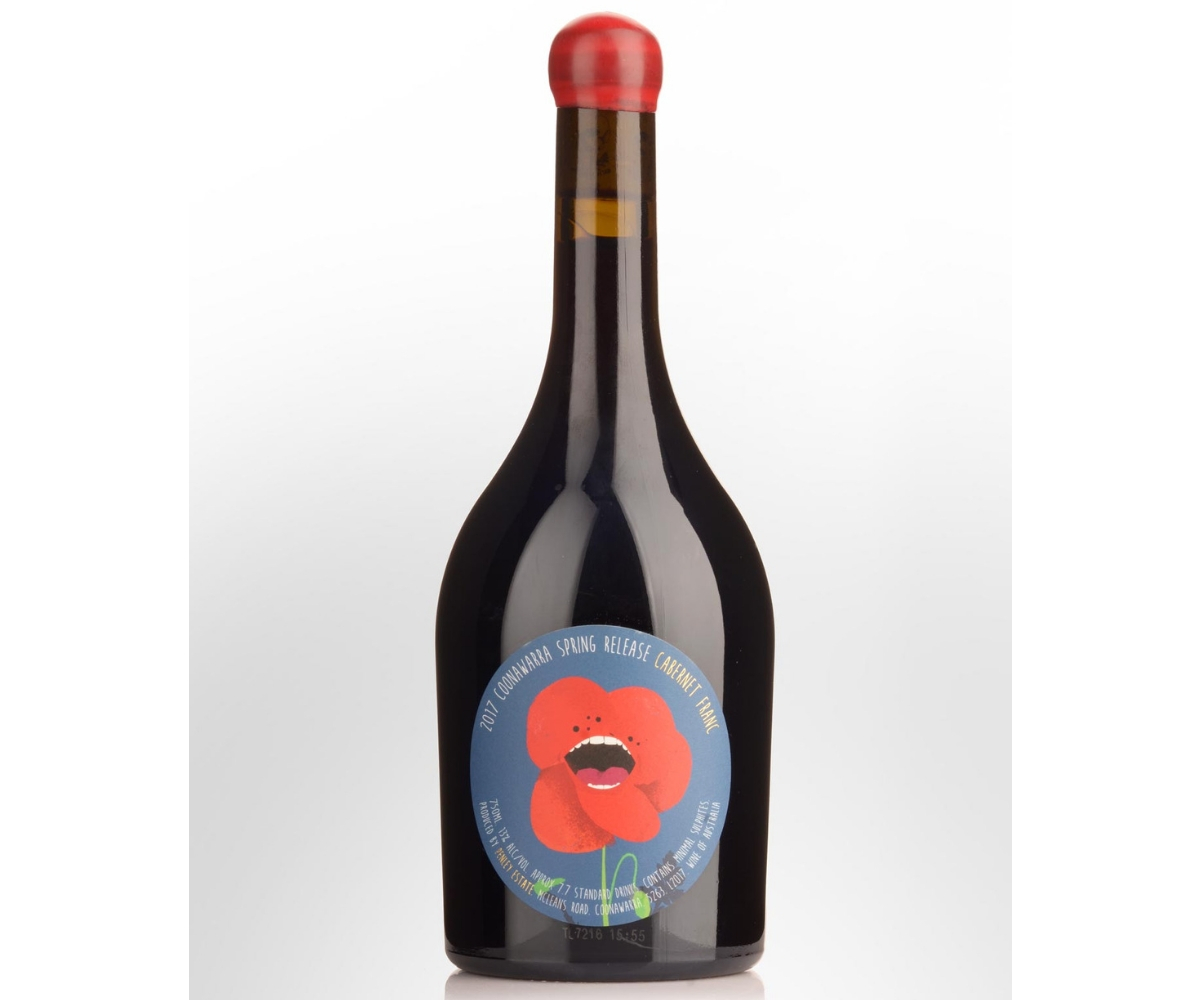Cabernet Franc

It may not be a style which is frequently vinted on its own, but Cabernet Franc is undoubtedly an enigmatic grape with a fascinating history. Thought to have originated in the Basque Country in the Western Pyrenees, Cabernet Franc has been proven through DNA analysis to be a parent of Cabernet Sauvignon. In the late 1990’s, scientists were able to prove it was, in fact, a cross between Cabernet Franc and Sauvignon Blanc which resulted in the Cabernet Sauvignon varietal being created.
When at it’s best, Cabernet Franc can be seductive with a highly perfumed nose and delicious brooding spicy strawberry characters. But on an off day, Cabernet Franc can be green, stalky and tannic. Although the style has been grown all over the world, it’s the Boudreaux Region in France where it is perhaps most widely planted and enjoys an exalted position as one of the pillars of the great Boudreaux blends. Some of the world’s best Cabernet Franc is found grown on the right bank of the Gironde, in sub-regions famous for producing grand cru classified wines – in places like Pomerol and St-Emilion.
For reasons that perhaps only consumers can explain, Cabernet Franc has been in decline in terms of the size of its plantings right across the world. In France, Cabernet Sauvignon has begun to dominate Franc in terms of the number of vineyards under vine, and that trend has been followed in “new world” regions like Australia.
The Cabernet Franc vine is often grown in the same vineyard as Cabernet Sauvignon and the fruits simply vinified together in a blend. Generally speaking, the Cabernet Franc grape is only made as single varietal in warmer climates where it can achieve full ripening and all of the lusciousness of fruit character that comes with the process.
Although there aren’t a lot of Australian producers who have successfully crafted a straight Cabernet Franc, there are some regions where the grape does particularly well. In his Australian Wine Encyclopedia, James Halliday took the view that the only regions in Australia that consistently produce good Cabernet Franc are the Margaret River and Great Southern Regions. I would argue however that in more recent times, innovative viticultural and winemaking techniques have vastly improved the straight Cabernet Franc wines. Some good examples have popped up in unlikely places such as the Yarra Valley where I’ve found some extremely good examples at very modest prices – like the Airlie Bank Franc which sells at about $22 a bottle.
2017 Penley Estate Spring Release Cabernet Franc
It may be a little more expensive at a $32 price point, but the 2017 Penley Estate Spring Release Cabernet Franc is now on the shelves and has been made entirely with fruit from the South Australia Coonawarra Region. You certainly won’t be able to miss the bottle on the shelves as it’s pure art! With its bell bottom shape and waxy red bulbous cap, it looks like pop art, and the talking poppy on the label adds to the sense of contemporary funkiness.
It’s closed by cork which perhaps adds to the appeal as even the stopper has been printed in spring release character. Pleasingly, when the rubber hits the road, the Penley Cabernet Franc is not all buzz and bling as the wine inside the bottle is as appealing as its packaging. It is a very deep, almost black colour in the glass with hints of purple around the edges. On the nose, there is the typically Cabernet Franc fragrance with lifted violets and red berries whilst on the palate, the red fruits are cloved in dried herbs and an edge of molasses, while fine tannins guide the gentle acidity across a medium to long finish. It’s not the huge style of Cabernet Franc that we sometimes see in single varietal expressions of the style, and somewhat pleasingly, there is a ripeness to the fruit without any of the stalkiness that sometimes appears when full ripening wasn’t possible.
The Coonawarra may not be renowned for its production of Cabernet Franc, but if you are prepared to eschew their flagship Cabernet Sauvignon, the Penley Estate Spring Release is a “drink now” proposition that will be well suited to Sunday night’s lamb roast.